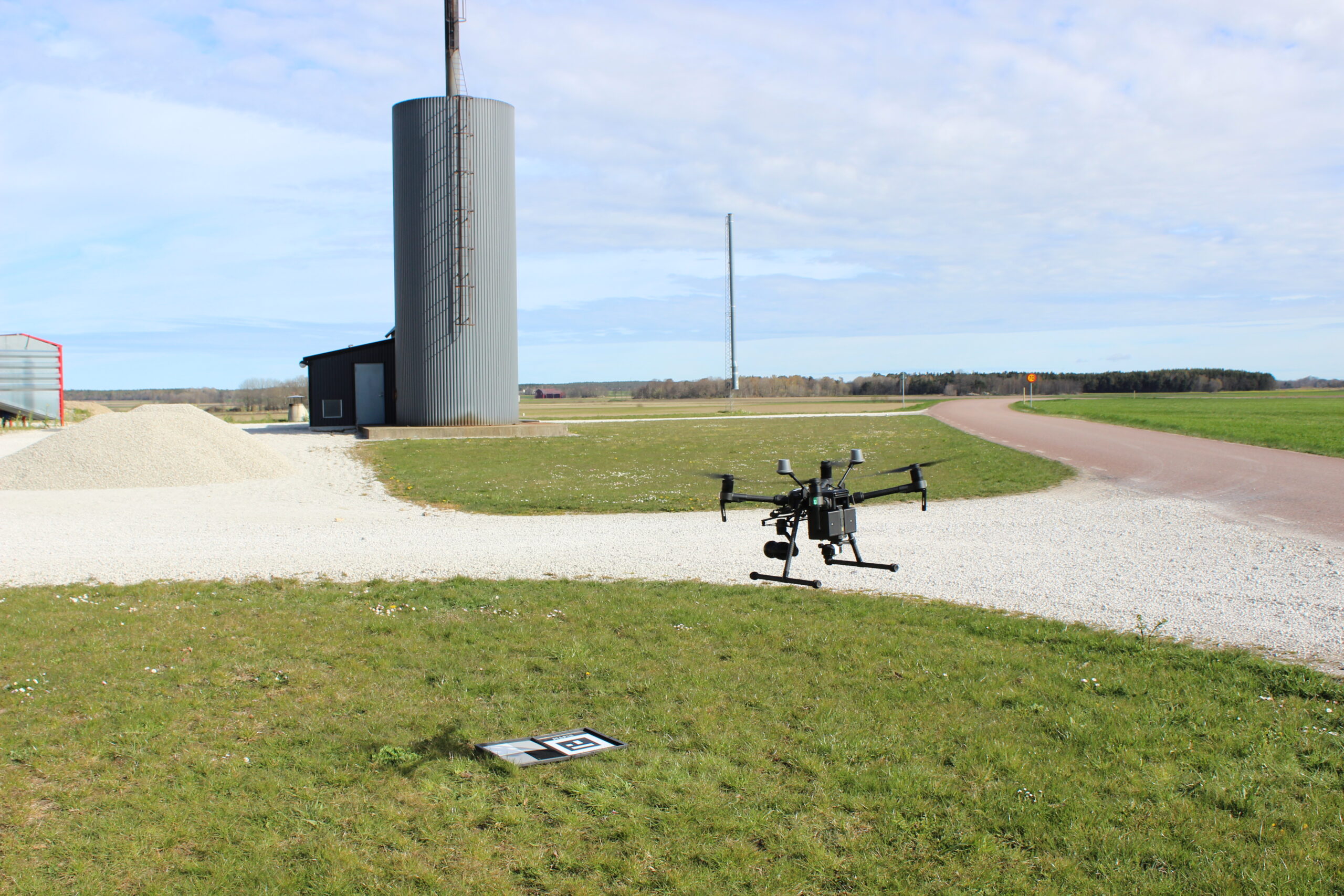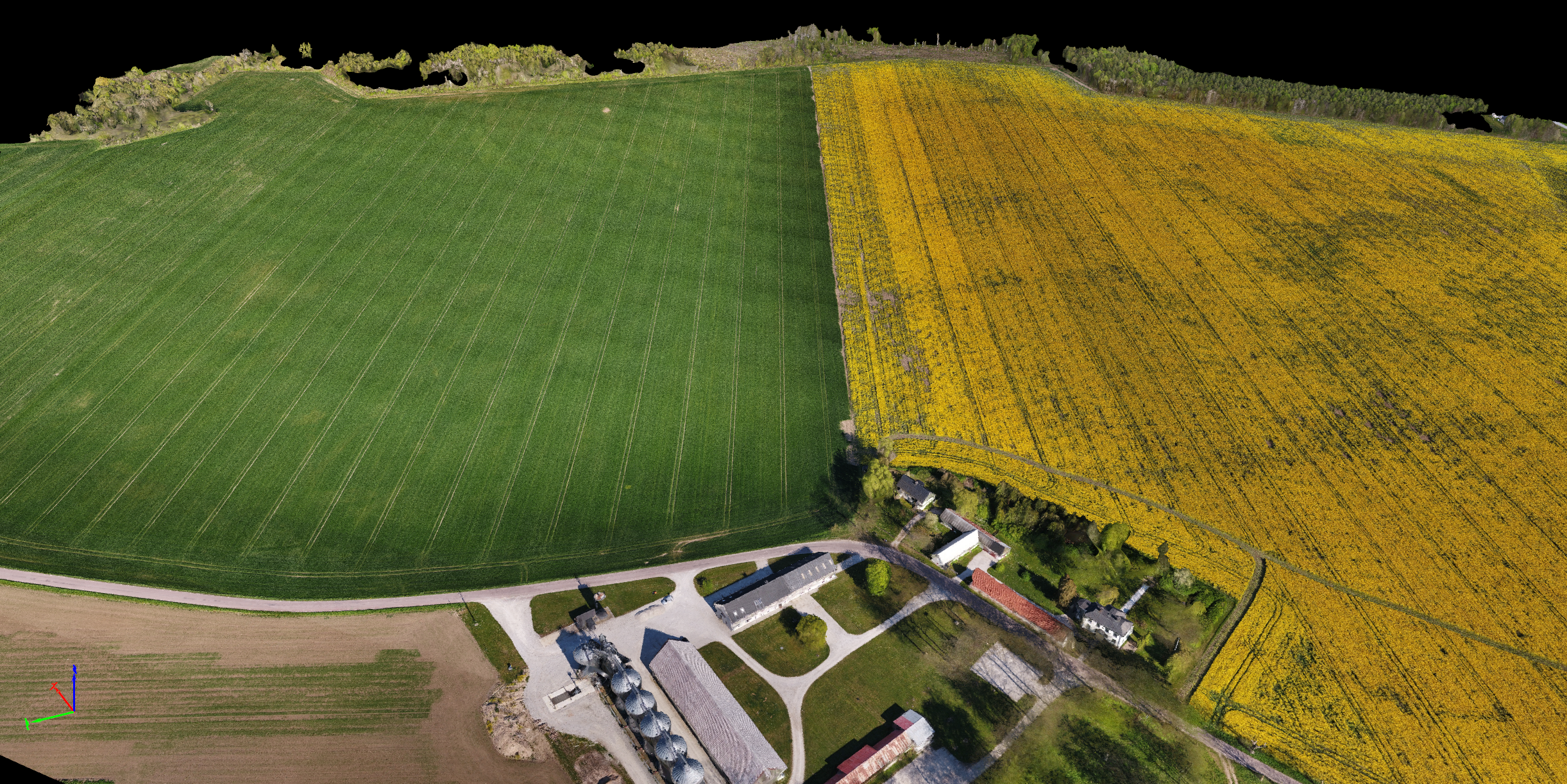Determining the appropriate flight altitude for agricultural drones is crucial for obtaining high-quality imagery tailored to specific farming objectives. Flight altitude directly influences image resolution, data accuracy, and the effectiveness of subsequent analyses.
The first metric to consider is Ground Sample Distance (GSD) which refers to the distance between the centers of two consecutive pixels in an image, representing the actual ground area covered by each pixel. A lower GSD indicates higher image resolution, capturing finer details essential for precise agricultural and plant assessments.
Then we consider the objective of the mission and what is the data needed for further crop analysis. Finding an optimal flight altitude is key to plan a field survey. For tasks like delineating field boundaries, high-altitude flights are sufficient since they require less detailed imagery, whilst activities such as evaluating emergence rates, conducting plant counts, assessing plant size, disease presence, density, and health necessitate higher resolution imagery. This requires flying at lower altitudes to achieve a GSD of less than 2 cm, ensuring detailed capture of individual plant characteristics.
The payload and sensor specifications need to be reviewed to determine whether certain cameras, including panchromatic sensors, can capture high-resolution images at higher altitudes, or if standard RGB cameras are adequate for flying at lower altitudes to achieve the desired GSD. The lens focal length and sensor size affect image resolution, so understanding your camera's capabilities is key to determining the optimal flight altitude. For detailed assessments like plant counts or phenotyping, a GSD of under 2 cm is ideal, usually requiring flight altitudes between 15 to 40 meters AGL. For broader tasks like mapping field boundaries or assessing large areas, higher altitudes can be used, depending on the desired GSD and camera capabilities.



